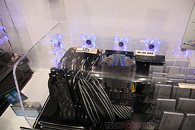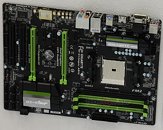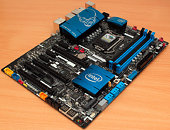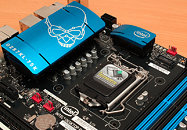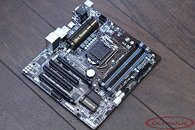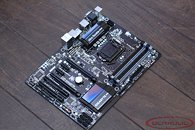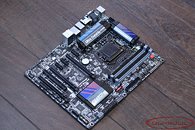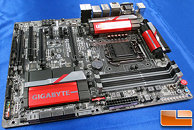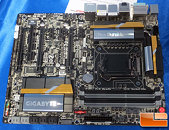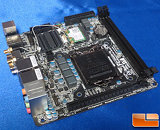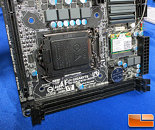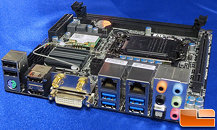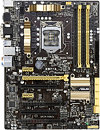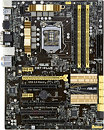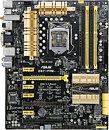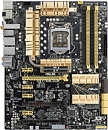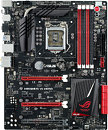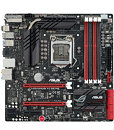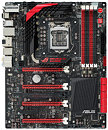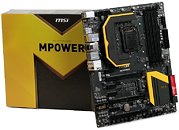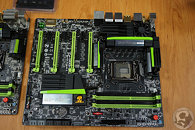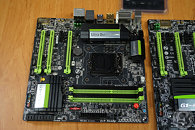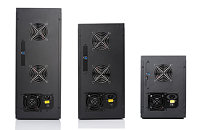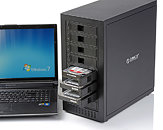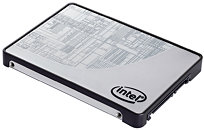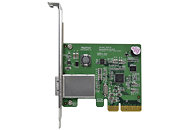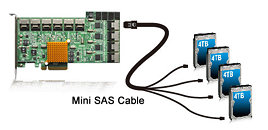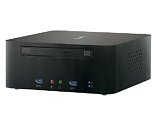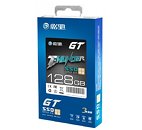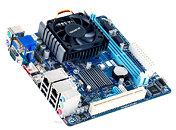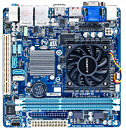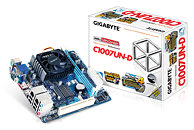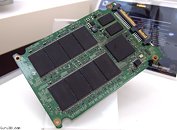
ASUS Unveils ROG Maximus VI Impact Mini-ITX Motherboard
ASUS announced its first Republic of Gamers (ROG) motherboard in the mini-ITX form-factor, the Maximus VI Impact, which could go on to become choice number one for SFF gaming PC builders. Arguably the most feature-rich mini-ITX motherboard ever made, the Maximus VI Impact is a socket LGA1150 motherboard based on Intel Z87 Express chipset, which supports 4th generation Core "Haswell" processors.
The board draws power from a combination of 24-pin ATX and 8-pin EPS connectors, and conditions it using a 10-phase VRM that off-shoots into its own little PCB, with heatsink. The other three daughterboards on the Maximus VI Impact include the SupremeFX Impact, a sound-card with an audiophile-grade 115 dBA DAC, OPAMPs, and audio-grade capacitors; and an mPCIe combo card that lends it 802.11 ac WiFi and Bluetooth 4.0; and an ImpactControl card that gives overclockers POST diagnostic readouts and CMOS reset/restore at the push of a button, right from the rear panel.
The board draws power from a combination of 24-pin ATX and 8-pin EPS connectors, and conditions it using a 10-phase VRM that off-shoots into its own little PCB, with heatsink. The other three daughterboards on the Maximus VI Impact include the SupremeFX Impact, a sound-card with an audiophile-grade 115 dBA DAC, OPAMPs, and audio-grade capacitors; and an mPCIe combo card that lends it 802.11 ac WiFi and Bluetooth 4.0; and an ImpactControl card that gives overclockers POST diagnostic readouts and CMOS reset/restore at the push of a button, right from the rear panel.


